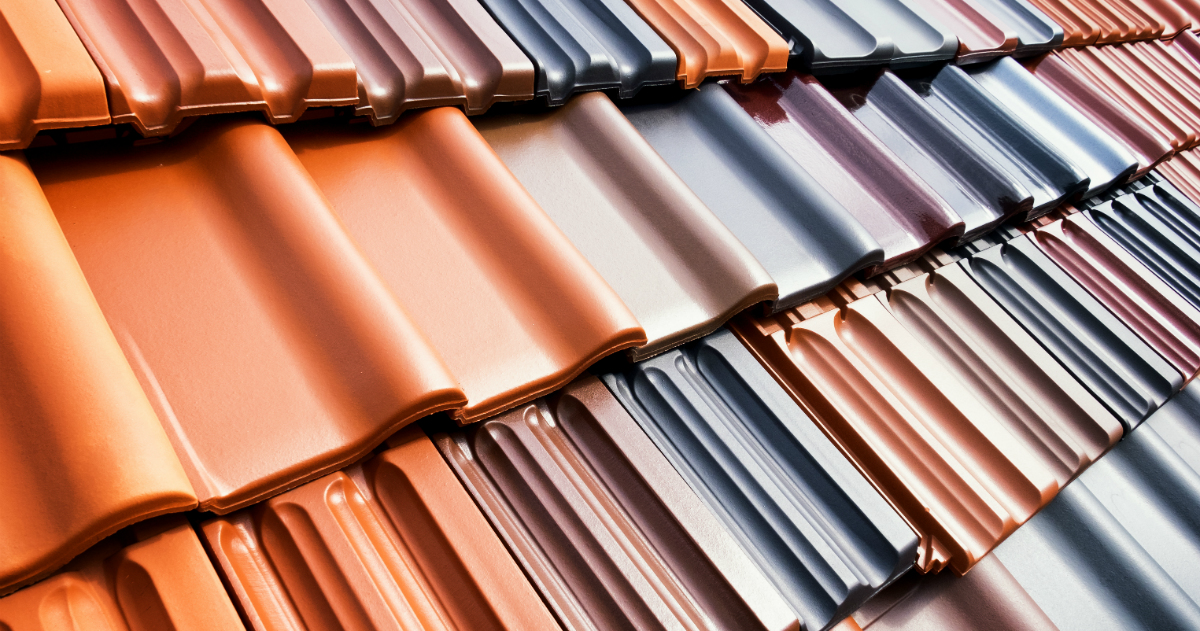Whether you’re replacing an existing roof or researching options for a new home, deciding between roofing styles, materials and costs can be complicated. To help you determine the correct roofing materials for your home, here are the pros and cons of the six most popular roofing types.
#1 Asphalt Shingle
The most common roofing material, asphalt shingles, are affordable and simple to install. Asphalt shingles are produced when a fiberglass shingle is mixed with asphalt and finished with a textured surface. Asphalt shingles come in two basic configurations: single-thickness and laminate.
Pros: Asphalt shingles are available in an assortment of colors and are the most economical material available.
Cons: Asphalt shingles have a shorter life span and don’t offer the same level of insulation as other roofing alternatives.
#2 Wood Shake
For centuries wood was a common material used in residential roofing. But, due to its flammability, modern day use is less common.
Pros: Wood offers a natural, rustic look.
Cons: Wood shingles are flammable and can potentially suffer from mold or rot. The life span of wood roofing is also limited (similar to asphalt shingles).
#3 Metal (various types)
Aluminum, steel, copper, copper-asphalt and lead are the most popular metal roofing alternatives. Metal roofs are extremely durable but costly to install in both material and installation time.
Pros: Metal is strong and offers high solar reflectance, allowing for efficient cooling and heating of homes.
Cons: Metal is typically the most expensive roofing alternative.
#4 Ceramic and Cement Tile
Rounded tile roofing products are common with Spanish Colonial and Mission-style homes. Homeowners considering tile for their roof should be aware of the cost — anywhere between $400 and $800 on average per tile.
Pros: Tiles are durable and energy efficient.
Cons: The weight of tile roofing is heavy and may require additional framing for support.
#5 Slate Roofing
Slate is extremely durable and known for its many variations in origin, thickness and color.
Pros: Slate is dependable and considered to be a sustainable, recyclable roofing material.
Cons: Slate is expensive and requires additional roofing support to supplement its weight.
#6 Synthetic Roofing
Synthetic roofing products (rubber, plastic and polymer roofing) have been developed to provide the color, look and texture of other roofing materials (without the high cost).
Pros: Synthetic roofing is durable and affordable.
Cons: Due to their recent development, some synthetic materials have been known to absorb moisture.
Conclusion
When considering a roofing material for your home, consult with a local roofing specialist to ensure that you choose the appropriate material for your home’s aesthetic (and budget).


 Facebook
Facebook
 X
X
 Pinterest
Pinterest
 Copy Link
Copy Link


